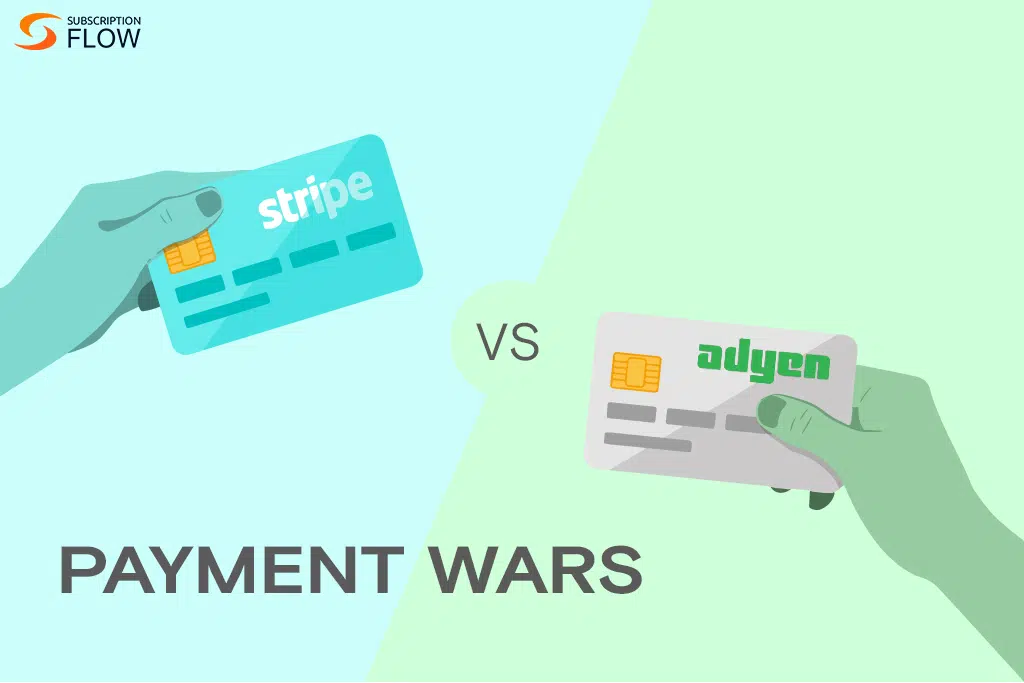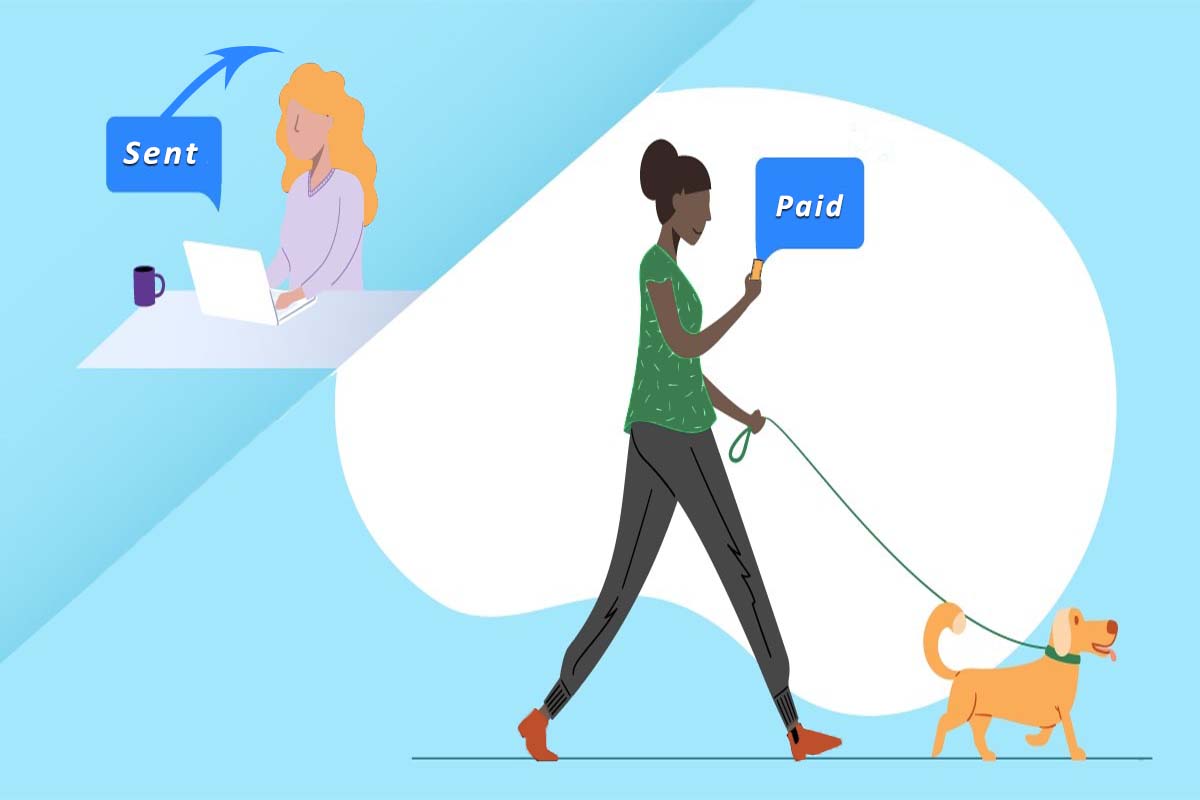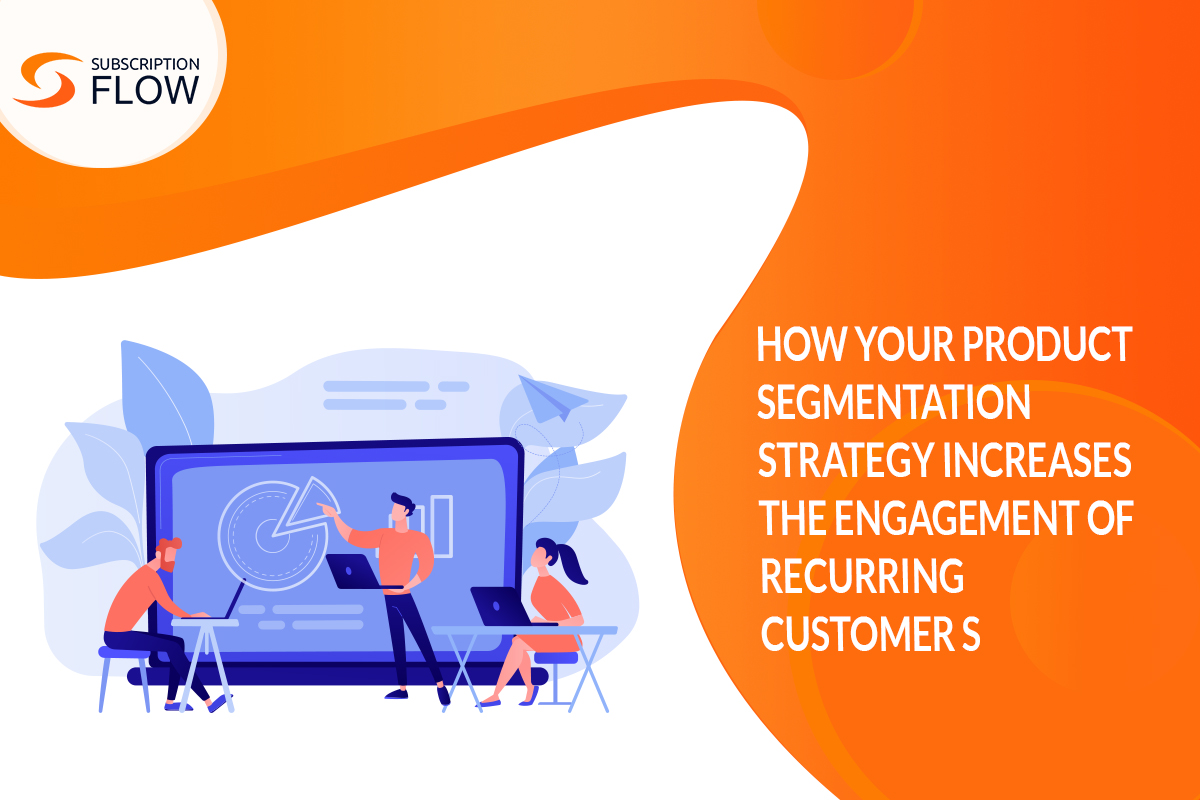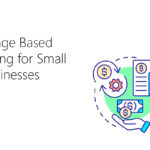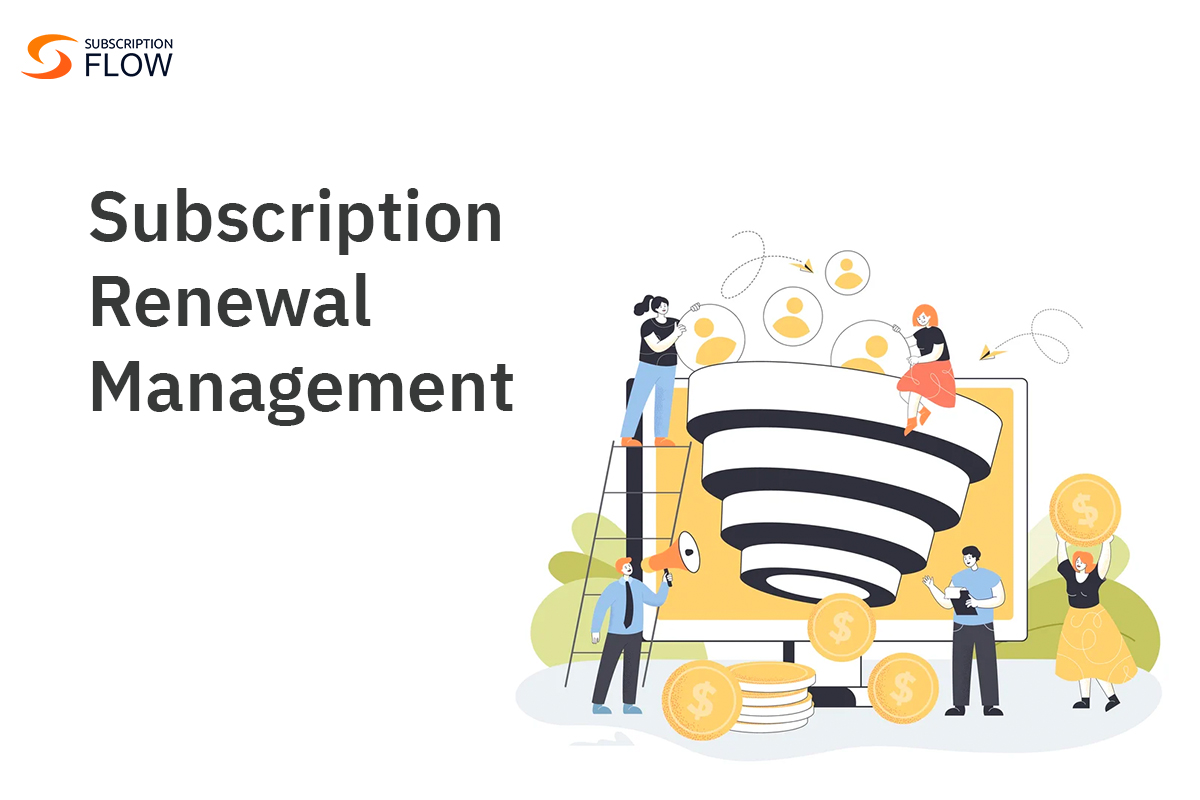
Important Strategies for Enhancing SaaS Renewals Using SubscriptionFlow
In the fast-paced business environment of today, it is imperative to comprehend the significance of SaaS renewal management. These renewals frequently go unnoticed, and managers and their teams only become aware of them when the invoice shows up on their desks.
You run the risk of losing out on important opportunities if your contracts are set to automatically renew and you do not have a strong SaaS renewal management system. Consider the opportunity lost to improve pricing arrangements, haggle for a better deal, or get rid of overage fees and scalability restrictions that might have hampered the expansion of your business.
But there is still hope for you. With the right renewal management strategies, you can drastically increase your business’s performance and stop losing money on auto-renewals. In this blog, keeping this urgent need in mind, we will firstly attempt to understand what subscription renewal management is, after which we will look at the specific ways in which subscription renewals automation can be brought into effect with the help of certain key strategies that are increasingly being implemented in the market today. Afterwards, we will then see how SubscriptionFlow can help you achieve all of that with the ease of its subscription renewal management capabilities.
Read more: SaaS Customer Journey with SubscriptionFlow: An All-Inclusive Guide
What is Subscription Renewal Management?
Simply put, SaaS renewal is the process of extending or renewing an existing SaaS application contract or agreement. Businesses typically enter into a contract or agreement for a predetermined period of time when they purchase a SaaS app. The business therefore chooses whether or not to renew the subscription when the current one expires.
How this model differs from one-time sales is that you reach your goals in one-time sales by bringing in new clients. However, sustaining current clients who make on-time payments and renew is the key to generating income for recurring revenue businesses, such as those that rely on subscriptions. Maintaining client engagement in order to attain top-line subscription growth is the aim of subscription management.
Key Strategies Behind Successfully Implementing Subscription Renewals Automation
1. Reach Out Via Content Generation: Since not every reader is in the same place in the buyer’s journey, not every reader should see the same renewal messaging. Limit which readers see what on your website and in your newsletters to avoid overwhelming readers with requests to renew. This will help you keep your messaging powerful.
Other data points in your database, such as completed forms, email opens, on-site behavior, and more, can also initiate this kind of intelligent content. Consider compiling a list of all the people you know who have previously subscribed to your publication but haven’t renewed.
2. Start planning for vendor renegotiation: Make a plan to renegotiate with the vendor based on the usage report. This plan should include a budget for the renewal as well as a detailed breakdown of features and licenses that are required and not. Using this tactic will help you bargain with the vendor and make sure you get the best return on your investment.
3. Create Accurate Invoices: All of these transactions—which include purchases and subscription modifications—are handled automatically behind the scenes. Payments are applied, invoices are prepared, and orders are generated.
The integration of customer data at each touchpoint in the subscription buying process makes this automation possible. It takes the place of all manual handoffs between finance and sales, which can result in mistakes and unsatisfactory customer experiences. Finance can now be sure that the quote and the invoice match every time.
4. Forecasting and Budgeting: In order to budget for this renewal, the IT manager calculates the cost based on the necessary licenses. To get the total cost of the renewal, they compute the annual cost per license and multiply it by ten. The finance department uses this budgetary data to help plan its annual spending.
5. Assess Usage and Vendors: Examine your use to identify any features or services that you are not making use of, as well as any new offerings from the vendor that may be beneficial. Replace the features you don’t need with the new ones.
Also, look into and evaluate alternative suppliers, providers, and products that might be better equipped to meet your needs. Should negotiations for renewal with an existing vendor fail, you will have a backup vendor available in case of need.
Read more: Understanding Subscription Revenue Management with a New Approach
How Can SubscriptionFlow Help Businesses with Subscription Renewal Management?
By providing customers with customized reminders prior to their subscriptions expiring, SubscriptionFlow streamlines the management of subscription renewals while reducing the risk of customer attrition and increasing retention rates. Additionally, SubscriptionFlow offers customized options for renewal, giving users the flexibility to change billing cycles, upgrade or downgrade plans, or modify features as needed.
SubscriptionFlow makes sure that payments are made securely for consumers and makes invoicing and reconciliation easier for companies by integrating with a variety of payment gateways and platforms. It also provides comprehensive reports and analytics on the performance of subscription renewals, including metrics like revenue, churn, renewal rates, and customer lifetime value. Additionally, SubscriptionFlow gives companies the ability to create and manage referral networks, discounts, loyalty programs, and coupons. These programs encourage subscribers to extend their subscriptions, which increases customer satisfaction and loyalty.
Book a demo with SubscriptionFlow now to start automating your business’s subscription management!



